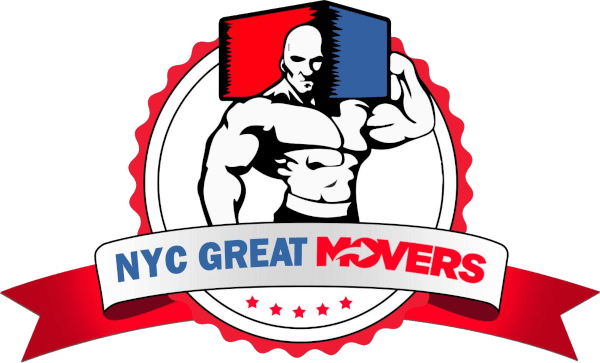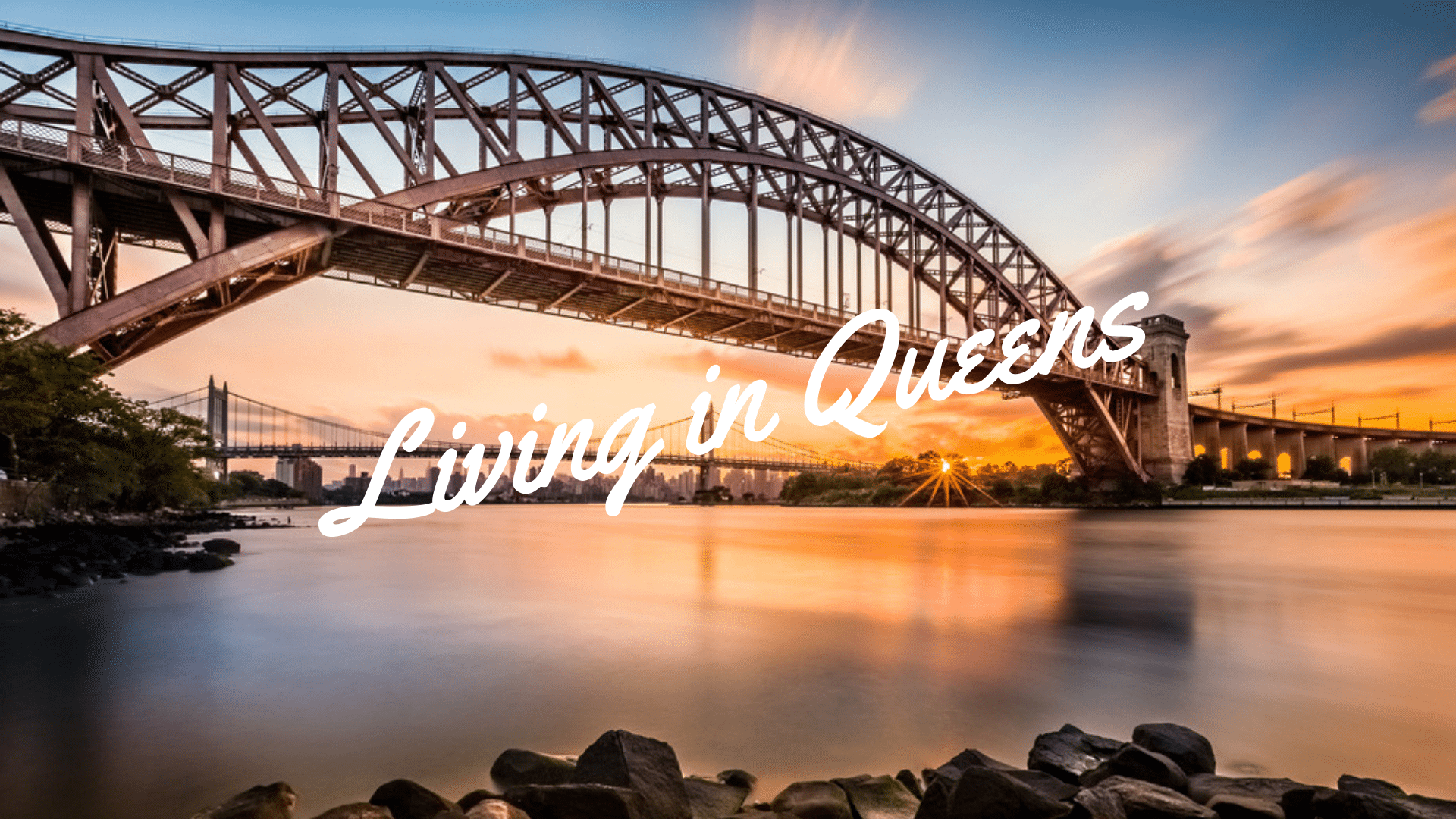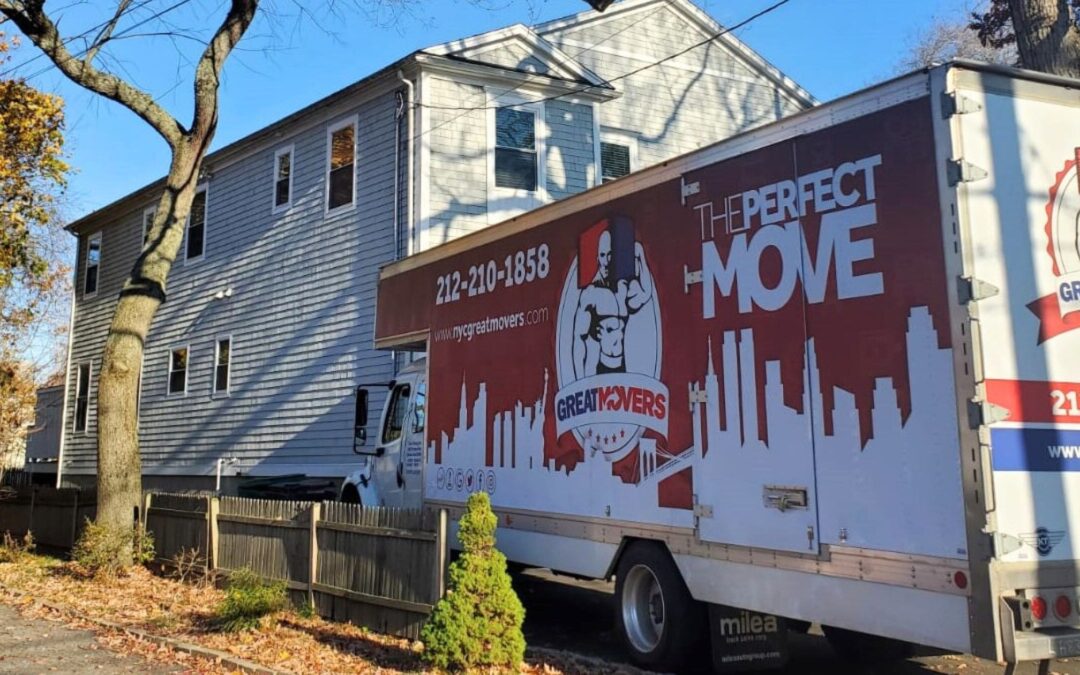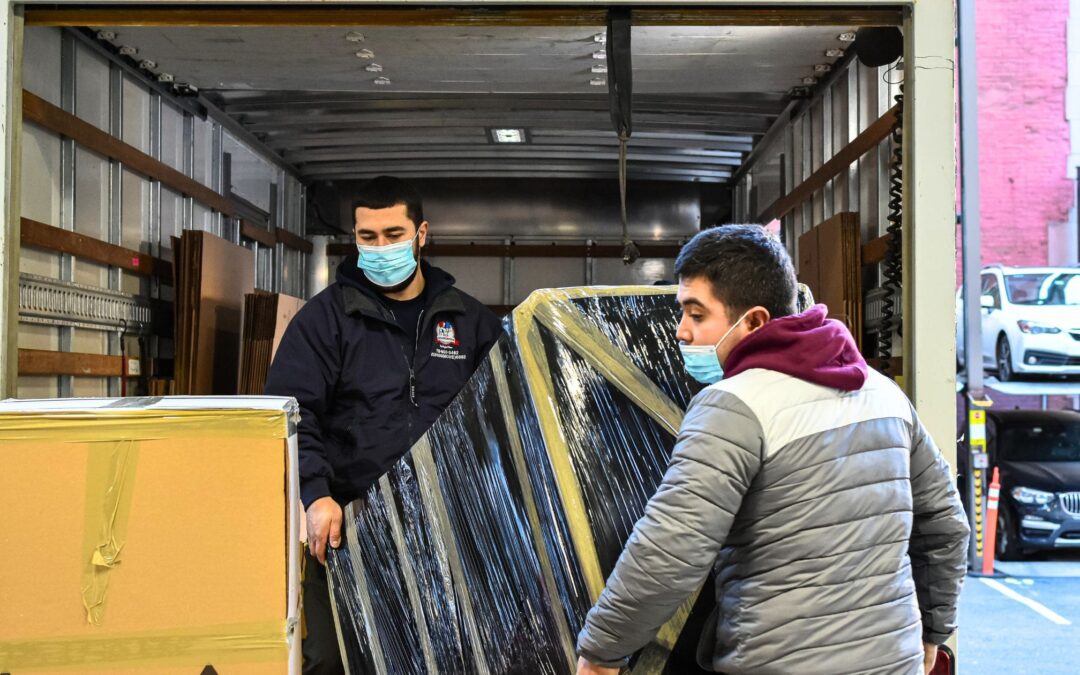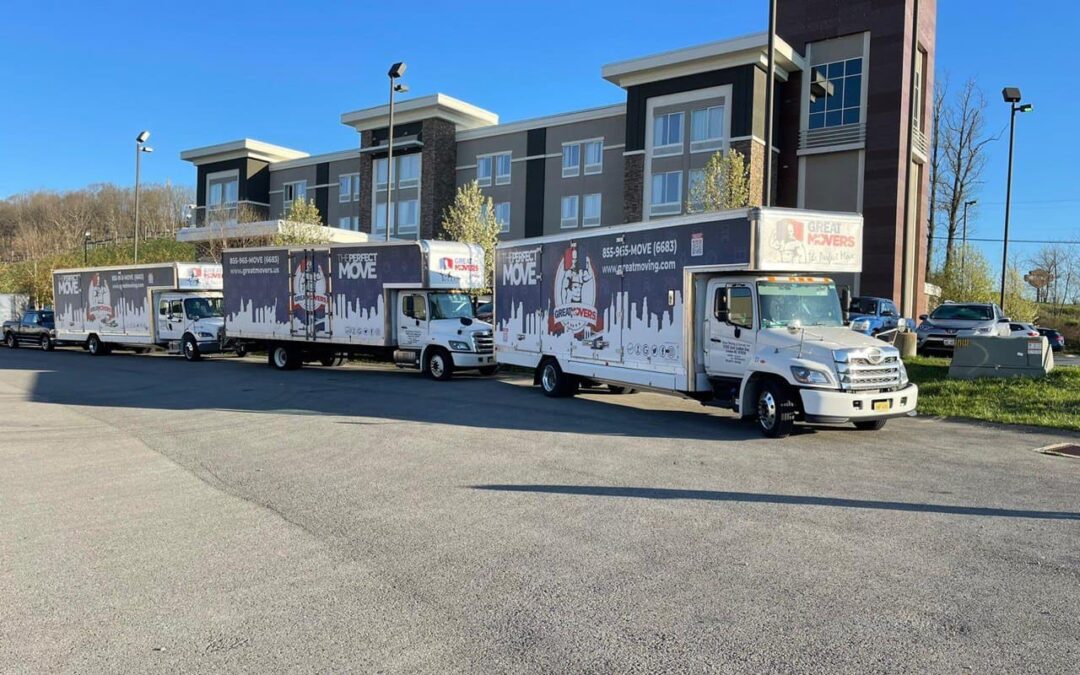Love New York City, but don’t want to live downtown? New York City is more than just Manhattan. Queens, New York, is a great place for young professionals and families who want to be near the action of Manhattan, without being in the middle of it. Living in Queens gives you all the benefits of Manhattan, with a lower price tag and more trees. The borough offers some amazing food and even nightlife. Depending on which area of Queens you live in, you’re also relatively close to Midtown, so you can easily commute to work. So before you decide to make a life in Manhattan, you might want to look into Queens.
Before we get into all the greatest parts of Queens, let’s get one thing straight first:
Queens is NOT on Long Island
Say it with me, and then repeat it again. Never tell a Queens local that they “basically live on Long Island,” because they will spend half an hour explaining to you why you are wrong. Mainly, it’s a cultural thing. A Queens native is an NYC native. Long Islanders are considered a totally separate population, enough so that folks bring up the idea of making Long Island its own state every few years.
Of course, geographically, Queens (and Brooklyn) are located on Long Island. However, when people in NYC refer to Long Island, they refer exclusively to Nassau and Suffolk counties. Despite being on the same island, people in Nassau and Suffolk counties are not considered part of the five NYC boroughs.
Where to Live in Queens, New York
Astoria
Astoria is one of the most popular neighborhoods in Queens, known for its diversity and great housing. Immigrants from over 100 countries call Astoria home, according to NPR. The largest ethnic cluster here, however, is Greek! People come from all over the city to enjoy Astoria’s amazing Greek food scene. Only 20 minutes from Midtown via subway, Astoria offers easy access to Manhattan for both work and play. If you want to take some great pictures or just admire Manhattan from afar, Astoria Park offers some of the best views of Upper Manhattan and the Queensboro Bridge. If you’re more into cultural institutions, Astoria is home to the Museum of the Moving Image, offering some great exhibits for kids and adults. That’s why Astoria makes the perfect home for young professionals working in Manhattan.
Sunnyside
For a more suburban atmosphere, check out Sunnyside in Queens. Covering about ½ a square mile, Sunnyside is best known for the Sunnyside Gardens Historic District. The District was one of the first planned communities in the U.S., and walking through it, the courtyards and 1920s brick townhouses make it easy to forget you’re so close to Manhattan. Housing in Sunnyside is a bit more upscale, with one-bedroom co-ops commonly selling for between $100,000-$200,000, and townhouses selling for upwards of $800,000.When there’s availability, the competition is fierce, which only reinforces how desirable this neighborhood is. When compared to Manhattan or even parts of Brooklyn, though, both the rents and home prices are on the lower end.
Sunnyside is a relatively short commute to midtown Manhattan via the 7 train. Of course, if you’re like many New Yorkers, you probably hate the 7 train! Luckily, there are plenty of bus routes and access to other trains – though you’ll have to walk a bit. Still, if you’re looking for a quieter location, Sunnyside is a great place for you. Just make sure to hire professional NYC movers so you don’t have to deal with traffic (or the subway) when you end up moving out here.
Average Rent and Home Prices by Queens Neighborhood
| Neighborhood | Avg. Rent (1BR) | Avg. Rent (2BR) | Median Home Price | Price per Sq. Ft. | % Renters |
|---|---|---|---|---|---|
| Astoria | $2,400 | $3,200 | $750,000 | $850 | 78% |
| Sunnyside | $2,200 | $2,900 | $800,000 | $870 | 65% |
| Forest Hills | $2,100 | $2,800 | $680,000 | $720 | 59% |
| Flushing | $2,000 | $2,600 | $650,000 | $690 | 62% |
| Long Island City | $3,200 | $4,400 | $1,050,000 | $1,200 | 82% |
Note: Rental and housing prices are approximate 2025 averages. Actual costs vary by property type and proximity to transit.
Forest Hills
If you’re looking for a place to raise a family, Forest Hills may be the Queens neighborhood for you. Known for being more affordable than other areas, Forest Hills is especially appealing to 30-somethings with young children, as it has above-average public schools. Tudor-style and colonial homes dot tree-lined streets, while a variety of shops mean you don’t have to go downtown to find what you’re craving. The many parks in the area help add to the suburban feel and are great places to enjoy the outdoors.
Forest Hills offers a variety of transportation options, making it easy to get almost anywhere. There’s even a Long Island Rail Road station, so you can head to the beaches during those hot summer weekends if you like. While the rental cost doesn’t differ too much when compared to Astoria or even Sunnyside, you definitely get more for your money than you would if you lived in Manhattan.
Queens Population
There are approximately 2.3 million people living in Queens, or 27% of the total New York City population. Queens is an ethnically diverse area, with 25% of residents identifying as white alone. Hispanics account for 28% of Queens residents, Asians 27% and Black Americans 21%. More than half of the people living in Queens speak a language other than English at home.
Queens residents are mainly high school graduates; about 30% of the Queens population has a Bachelor’s Degree. The average income is about $77,000 per year, but the poverty rate here is 13.3%. More than 65% of people living in Queens are there with their families, and the average work commute of 43 minutes suggests that the majority of people there travel either south to the city or north to the Hudson Valley for work.
Queens Safety
For the most part, Queens is relatively safe, though crime tends to increase as you get closer to the LaGuardia and JFK airports. Despite that, Queens is considered the second safest borough to live in behind Staten Island. A lot of the safety is due to many families living in the area and a relatively tight-knit community of people who have lived in their specific neighborhood over generations. Of course, no big city is without crime, but you can rest a bit easier in Queens.
Cost of Living in Queens
Although the cost of living in Queens is higher than the average in America, it’s up to 40% lower than in some areas of Manhattan. Transportation, groceries, and clothing here are all more expensive than in other areas of the U.S. The median rent in Queens is about $1,400, but prices can vary depending on bedrooms, square footage, and specific housing locations.
Cost of Living Comparison: Queens vs. Other NYC Boroughs
| Category | Queens (Index 100) | Manhattan | Brooklyn | Bronx | Staten Island |
|---|---|---|---|---|---|
| Housing | 100 | 140 | 120 | 85 | 95 |
| Groceries | 100 | 110 | 105 | 95 | 100 |
| Transportation | 100 | 115 | 108 | 95 | 102 |
| Entertainment | 100 | 125 | 115 | 90 | 98 |
| Overall Cost of Living | 100 | 135 | 120 | 90 | 97 |
Note: Index 100 = Queens’ average cost. Data based on NYC borough-level comparisons, 2025 estimates.
Less than half the Queens population owns their homes, which makes sense given the expense of buying in this area. A typical house in Queens costs over $400,000, and it may not include amenities like a garage or yard. Your mortgage and utilities as a homeowner in Queens can rack up to $2,200 a month.
The taxes in Queens also make the area more expensive than average. As a borough of New York City, Queens residents are responsible for paying three different types of income tax. Federal and state taxes are comparable to those in other areas of the U.S., but what’s different is an additional tax, specifically for residents of NYC. This tax will run you anywhere from 3-3.8% of your gross income, and applies to you even if you don’t work in the city itself.
Working in Queens
There are almost 50,000 businesses in Queens, employing over 500,000 workers. Employment in Queens has seen positive growth; between 2015 and 2016, Queens’ employment grew 2%. The most common occupations for Queens residents are in administration, sales, and management. Leading industries in the area are healthcare, retail, and hospitality.
More than 75% of Queens residents don’t work in the borough itself. The easy access to Manhattan, White Plains, and Westchester offers a myriad of work opportunities. If you choose to work in New York City, the subway system makes for a relatively easy commute. If you’re heading north, you’ll likely want to invest in a car.
In addition to subways and buses, Queens is also a very car-friendly borough. Depending on where you live, it might even be a necessity, as some areas in Queens might not have easy access to subway lines. In fact, Queens has the second-lowest number of subway stations behind The Bronx, not counting Staten Island, which has no subway stations. While most neighborhoods are very walkable, if you want to get to Brooklyn, you’re better off taking the Brooklyn-Queens Expressway (the BQE), as it will end up saving you a lot of time.
Queens Schools
Schools in Queens are top-notch, and range from general studies public schools to focused STEM or Arts high schools. Townsend Harris High School in Queens is rated as the #1 high school in all of NYC, has a 100% college enrollment rate, and even has such features as its own DNA lab and TV studio. Queens residents also have access to all of New York’s competitive public schools across the 5 boroughs and in Manhattan. Add to that a plethora of private and charter schools, and your students are set for success when you live in Queens.
Fun Things to Do in Queens
There’s no shortage of things to do in Queens. Whether you’re looking for a night out on the town, some amazing food, or want to enjoy some outdoor activities, Queens has got you covered.
In Queens, you’ll find some of New York City’s best food from all over the world. Looking for soup dumplings? Stop by Nan Xiang Xiao Long Bao in Flushing. Craving Mexican food? Tacoway Beach in Far Rockaway has you covered. Want to try food infused with CBD oil? Yep, Queens has that too, right over at Adriaen Block.
Parks and Outdoor Spaces in Queens by Size
| Park Name | Neighborhood | Size (Acres) | Key Features |
|---|---|---|---|
| Flushing Meadows–Corona Park | Flushing/Corona | 897 | Home to the Unisphere, Queens Zoo, NY Hall of Science, boating lake |
| Forest Park | Forest Hills/Woodhaven | 538 | Golf course, hiking trails, carousel, bridle paths |
| Alley Pond Park | Douglaston/Little Neck | 655 | Nature center, wetlands, playgrounds, adventure course |
| Cunningham Park | Fresh Meadows | 358 | Bike trails, sports fields, dog runs |
| Rockaway Beach and Boardwalk | Rockaway Peninsula | 170 | Surfing, beach access, boardwalk, food concessions |
| Juniper Valley Park | Middle Village | 55 | Sports fields, running track, playgrounds |
| Gantry Plaza State Park | Long Island City | 12 | Waterfront views, piers, Manhattan skyline outlook |
If you’re looking for outdoor activities, you’ll want to visit Rockaway Beach, located on Queens’ southern peninsula. Rockaway is New York’s only legal surfing site, which means you can really hit the waves here. Plus, there are BBQ areas, playgrounds for kids, and various sports areas for your favorite athlete. Though the beach is open year-round, it comes alive between Memorial and Labor Day, with thousands of people stopping by to enjoy the sunshine.
Queens, New York, is also home to the Flushing Meadows Corona Park, which was the site of the 1964 World Fair. You can walk through the park and admire the various remnants of the fair, from the giant globe to the rocket thrower sculpture. There’s also plenty of clean, open places to walk and BBQ areas, as well as the Queens Museum, Queens Zoo, Queens Botanical Garden, York Hall of Science, and a lovely Carousel. At 898 acres, it’s slightly larger than Central Park, so there’s plenty of space for you to explore.
Living in Queens also means having easy access to Manhattan and the other 5 boroughs. That means that you’re only a subway ride away from dance clubs and karaoke bars, some of the best concerts and entertainment in the country, and a variety of art, science, and history museums for the whole family to enjoy. The best part is that you have access to the same amenities at only a fraction of the cost if you decide to live in Manhattan. If you want some more space, then you should definitely get in touch with some NYC movers to make the change.
Queens Weather
Don’t like the weather in Queens? Wait 5 minutes. Like much of the Northeast, the weather in Queens is ever-changing. One great thing about Queens is that you get to experience all four seasons in all their glory. You get hot summer days, autumn afternoons when you can watch the leaves change color, and snowy winter nights, perfect for hot cocoa by the fireplace.
Unfortunately, this also means you get summer days so hot that you stay by the A.C. for hours, spring and fall rainstorms, and Nor’Easter snow that can get knee deep and shut down schools for days at a time. Losing power due to a storm isn’t rare in this borough of NYC.
Why You Should Move to Queens
As a top moving company in Queens, we might be biased, but we think Queens is the best place to live in the city. The mix of cultures, amazing food, and safe, family-friendly neighborhoods make Queens a perfect place for singles and young families. And with Manhattan just a stone’s throw away, you’ll never need to miss a beat in the City that Never Sleeps.
If you’re considering moving to Queens and need help with your transition, call NYC Great Moving at (718) 600-3482. Our Queens local movers can help make your move effortless, whether you’re coming from another borough or another state. We know NYC like the back of our hand, regardless of which borough you move to, so make sure to reach out to us if you’re in need of a highly-rated and professional NYC moving company.
